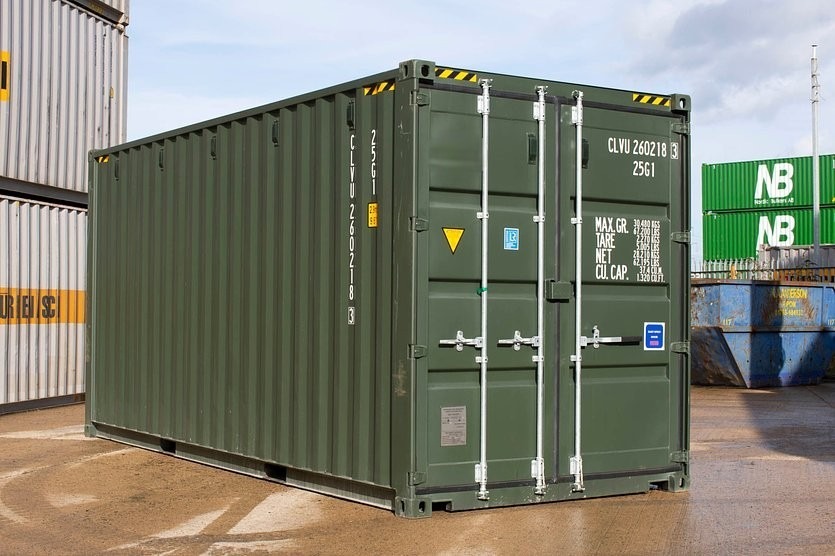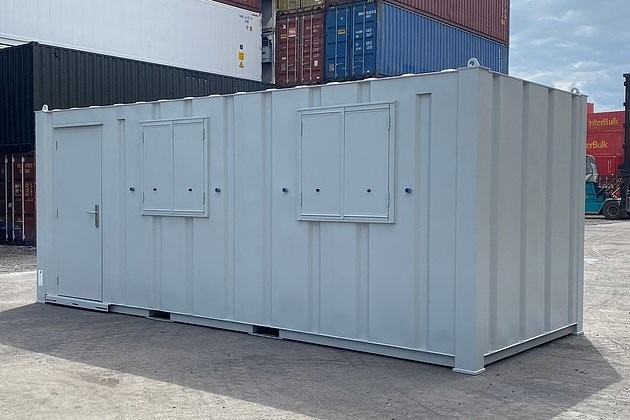In the dynamic world of catering and hospitality, the right choice of containers can make a significant difference in the quality of service and the overall dining experience. From elegant dinner parties to casual outdoor events, the selection of appropriate containers not only ensures the freshness and presentation of food but also enhances the aesthetic appeal of the event. This article delves into the various types of catering and hospitality containers, their uses, and the factors to consider when choosing them.

Introduction to Catering and Hospitality Containers
Catering and hospitality containers are essential tools for food service professionals. These containers are designed to store, transport, and serve food in a variety of settings, from high-end restaurants to large-scale events. They come in a wide range of materials, sizes, and designs, each tailored to meet specific needs and preferences.
Types of Catering and Hospitality Containers
Plastic Containers
- Pros: Lightweight, durable, and cost-effective.
- Cons: Not suitable for high-temperature foods and can leach chemicals if not food-grade.
- Common Uses: Takeout, deli items, and bulk storage.
Metal Containers
- Pros: Heat-resistant, reusable, and often more eco-friendly.
- Cons: Heavier and can be more expensive.
- Common Uses: Hot food service, buffet lines, and catering trays.
Paper and Cardboard Containers
- Pros: Biodegradable, cost-effective, and easy to dispose of.
- Cons: Not suitable for liquids or very hot foods.
- Common Uses: Takeout, fast food, and disposable catering.
Glass Containers
- Pros: Aesthetic appeal, microwave-safe, and reusable.
- Cons: Fragile and heavier than other materials.
- Common Uses: Fine dining, gourmet takeout, and specialty foods.
Biodegradable and Compostable Containers
- Pros: Environmentally friendly, compostable, and often made from renewable resources.
- Cons: Can be more expensive and may not be as durable as plastic or metal.
- Common Uses: Eco-friendly events, outdoor gatherings, and sustainable catering.
Factors to Consider When Choosing Containers
Material
- Food Safety: Ensure the material is food-grade and does not leach harmful chemicals.
- Durability: Consider the wear and tear the containers will endure.
- Temperature Resistance: Choose materials that can handle hot or cold foods without degrading.
Size and Capacity
- Portion Control: Select containers that match the serving sizes of your dishes.
- Storage: Consider the storage space available and the volume of food you need to transport.
Design and Aesthetics
- Presentation: Choose containers that enhance the visual appeal of your dishes.
- Branding: Customizable containers can help reinforce your brand identity.
Environmental Impact
- Sustainability: Opt for eco-friendly options to reduce your environmental footprint.
- Disposability: Consider whether the containers are reusable, recyclable, or compostable.
Cost
- Budget: Balance the cost of the containers with your overall budget.
- Long-term Savings: Reusable containers may be more cost-effective in the long run.
Best Practices for Using Catering and Hospitality Containers
Proper Storage
- Store containers in a clean, dry place to prevent contamination.
- Rotate stock to ensure older containers are used first.
Temperature Control
- Use insulated containers for hot or cold foods to maintain temperature.
- Avoid placing hot foods in plastic containers to prevent melting or chemical leaching.
Labeling
- Clearly label containers with the contents and date to ensure food safety and organization.
- Use color-coded labels for different types of food or events.
Hygiene
- Wash and sanitize reusable containers thoroughly after each use.
- Follow local health and safety regulations for food service.
FAQs
Q: What are the best containers for hot foods?A: Metal and glass containers are ideal for hot foods due to their heat resistance. They can be used in ovens and microwaves, ensuring that the food stays warm and fresh.
Q: Are biodegradable containers as durable as plastic containers?A: Biodegradable containers are generally less durable than plastic containers, especially when exposed to moisture or high temperatures. However, they are a more sustainable option and can be suitable for many applications.
Q: How can I ensure food safety when using catering containers?A: Use food-grade containers, store them in a clean environment, and label them with the contents and date. For hot foods, use insulated containers, and for cold foods, ensure they are stored at the appropriate temperature.
Q: Can I use the same containers for multiple events?A: Reusable containers can be used for multiple events, provided they are thoroughly washed and sanitized between uses. This can be a cost-effective and eco-friendly option.

Q: What are the environmental benefits of using biodegradable containers?A: Biodegradable containers reduce waste and minimize the environmental impact of food service. They are made from renewable resources and can be composted, reducing the need for landfill space.
Catering and hospitality containers play a crucial role in the food service industry, influencing everything from food safety to event aesthetics. By understanding the different types of containers available and the factors to consider when choosing them, professionals can make informed decisions that enhance their service and contribute to a more sustainable future. Whether you are a caterer, restaurant owner, or event planner, the right containers can elevate your offerings and ensure a memorable dining experience for your guests.








